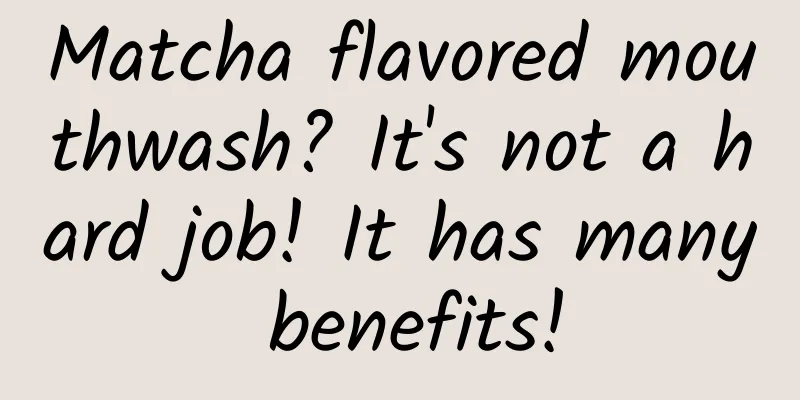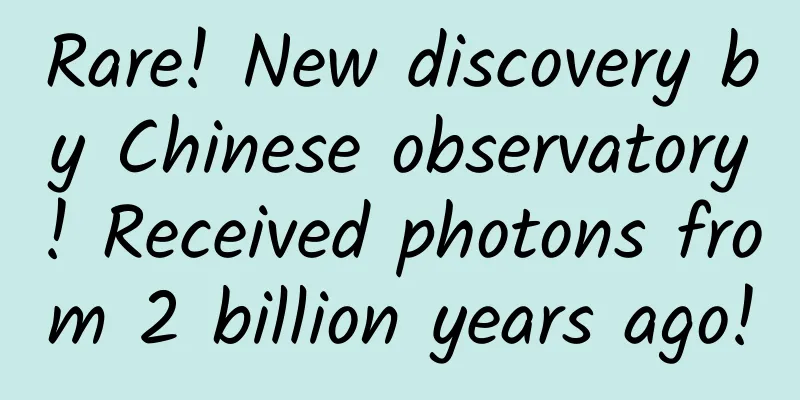The efficacy and function of monkey date

|
Monkey gall is a relatively familiar traditional Chinese medicine. It has many benefits for our body. If we want to consume it correctly in our lives, we need to have some understanding of monkey gall. Let’s take a look at it below. [Other names] Monkey date, sheep intestine date (Identification of Drug Production), Monkey Dan (Chinese Medical Dictionary), Shen Date (Compilation of Medicinal Materials). [Source] These are stones in the internal organs of monkeys such as macaques . 【Original morphology】For details about the morphology, please refer to the entry for "Macaque bone". [Habitat distribution] Originated from India, Malay Peninsula and South Pacific Islands. [Properties] Oval in shape, slightly slanted and date-shaped, with great differences in size. The larger ones are as big as chicken eggs, while the smaller ones are only as big as soybeans. Most are as big as lotus seeds. The surface is bronze or green-black, smooth and shiny. It is hard and brittle, and easily breaks when hit; the cross section is grayish yellow, layered, and has a core in the center. It has a slight fragrance, a slightly bitter taste, and feels gritty when chewed. The best ones are those that are large, dark in color and crispy. [Preparation] Crush the medicine, remove the core, and grind it into very fine powder for use. 【Properties and flavors】 ① "Chinese Medical Dictionary": "bitter, cold, non-toxic." 【Functions and indications】 Eliminate phlegm and calm the nerves, clear away heat and detoxify. It is used to treat cough due to phlegm-heat, convulsions in children, and scrofula and phlegm nodules. [Usage and Dosage] For oral administration: grind into powder, 2 to 5 fen. For external use: rub with vinegar. [Additional prescription] For treating convulsions in children, excessive sputum and shortness of breath, wheezing like a saw, and irritability and restlessness: 1 qian of antelope horn, 4 fen of musk, 4 qian of monkey gall, 1 qian of calcined moonstone, 1 qian of agarwood, 2 qian of Fritillaria cirrhosa (without the core), 1 qian of green stone (calcined into crimson color and ground with water), 3 qian of Tianzhuhuang (ground). Take the clean powder of each medicine, except musk and agarwood, first mix the remaining powders thoroughly, grind them into extremely fine powders, then add the fine powders of musk and agarwood, mix well, and seal the bottle. Take one to two fen each time, once or twice a day, with warm water. (Shanghai Traditional Chinese Medicine Preparation Specifications, Houzao Powder) 【Excerpt】 《*Dictionary》 [Source] From "Identification of the Origin of Medicinal Materials": Monkey date grows in the stomach, liver and gallbladder of old monkeys. Because monkeys often eat various wild fruits, over the years, their semen has formed into stones in the shape of dates, just like the yellow produced by cows and the treasure produced by dogs. Therefore, the therapeutic effects are also similar. Monkey gall is the most effective medicine for treating heat phlegm, and its efficacy is better than Xihuang Babao Powder and other medicines for removing heat phlegm. The above is a brief introduction to monkey gall. Through this we can understand that monkey gall contains a variety of nutrients, which are very effective in treating and preventing some diseases. In daily life, everyone can eat it under the guidance of relevant people. |
<<: The efficacy and function of jaundice tree
>>: The efficacy and function of Dangpi Ginseng
Recommend
COPD patients: 1 in 8 people over 40 have it. Test yourself
Chronic obstructive pulmonary disease is the thir...
The efficacy and function of turtle head
As a traditional Chinese medicine, soft-shelled t...
The efficacy and function of four square grass
In modern life, everyone is very familiar with va...
JD.com: The cumulative order amount of JD.com's 6.18 in 2022 exceeded 379.3 billion yuan
JD.com announced the cumulative order amount of t...
Developed and built by the Chinese Academy of Sciences, it is the first in Asia! Experiments will begin soon →
Not long ago, Asia's first electromagnetic ca...
The loud noise 59 years ago was his most unforgettable birthday gift!
October 16, 1964 China's first atomic bomb ex...
The efficacy and function of octopus
Recently, major TV channels have launched various...
Huangdi Neijing Anti-Freckle Tea
I believe no one wants to see spots on their face...
Tonga volcano erupts, scallops run 9,700 kilometers to sneak to Zhangzi Island? Scallops: I can't run!
There is something strange happening with the sca...
He taught Qian Sanqiang, Peng Huanwu, Wang Ganchang... In memory of the great master!
He is the founder of modern mechanics and theoret...
Do you always want to slack off at work? Scientists: Your brain needs to detox!
This week for workers It's been a long week T...
The efficacy and function of chrysanthemum leaf Panax notoginseng
Traditional Chinese medicine is a Chinese traditi...
Eel's efficacy and function
I don’t know if you are familiar with eels and wh...
The efficacy and function of Caragana safflower
Caragana scabra is commonly used as a medicinal h...
The efficacy and function of the drupewood
The Chinese wolfberry is a medicinal material tha...









